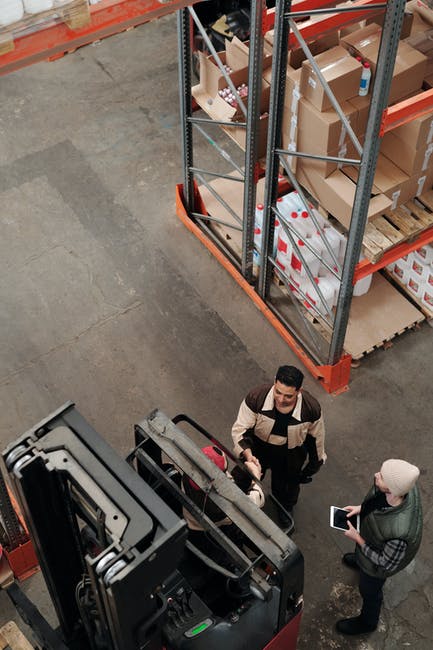You know how important the forklift is to your crew getting their work done. The forklift is often the hardest working machine in any warehouse or on any job site. Keeping it running and practicing good forklift safety is important not only for the drivers but also the machine.
So, what should a forklift operator look for before running a forklift?
Read on for the forklift checklist spelling out what to look for before any forklift operation.
When to Inspect a Machine
First, it’s important to know when to inspect a machine. Seasoned operators who run the same machine day in and day out, may get too relaxed and comfortable. This can cause them to skip or get lax about machine inspections.
This puts them at risk and forklift safety should be paramount to you. It also puts your machine at risk. An inspection could catch a potential issue before it becomes a full-blown problem and it can keep the machine running safely.
Inspections should get done before operating the machine every time. The few minutes it takes to look over a machine could save a life and help avoid a forklift repair.
Visual Inspection
A forklift operator who’s been properly trained should start with a visual inspection. Often if there’s a problem with the machine, it will tell you with a visual clue.
The visual inspection should include:
- Damage to the machine, including bent, dented, or parts
- Leaks which could be from fuel or hydraulics
- Wheels and tires
- Forks to make sure they are secure, not cracked or worn
- Hoses, chains, and cables
- Battery
- Safety guards are in place and secure
The driver will also want a visual inspection of the mechanical safety devices like the operator harness, set belt, and fire extinguisher. Once the machine is carefully looked over in the visual inspection, it’s ready to be checked further for the operational components.
Operational Inspection
Now the driver should check if the machine is ready to operate with an operational inspection.
Start by powering up the machine and check that all indicator lights and alarms are functional. Check to see that the machine has a power disconnect and it’s functioning, so if it’s necessary to disconnect quickly the machine will do it.
Check the electrical safety devices to be assured they’re working. These include:
- Horn
- Audible signals
- Entry bar
- Flashing lights
- Indicator lights
Check the steering on the machine to make sure it isn’t catching or there isn’t too much play in the steering which could impact the machine’s accuracy of movement.
The driver should also check the brakes and brake controls. The machine needs to also have a functioning parking brake. The hydraulic controls should be tested for ease of operation. The driver should listen to be assured there are no unusual noises that might indicate a problem.
If the machine works with any attachments or special alarms like an end of aisle alarm, those should be checked too.
For the Best Results, Follow This Forklift Checklist
You already know how important an operational forklift is for your work, whether in a warehouse or on a job site. Use this forklift checklist to make sure the machine is in good working order before putting it to work each day.
If you need help with your forklift maintenance or need to rent a machine for your site, contact us today.

